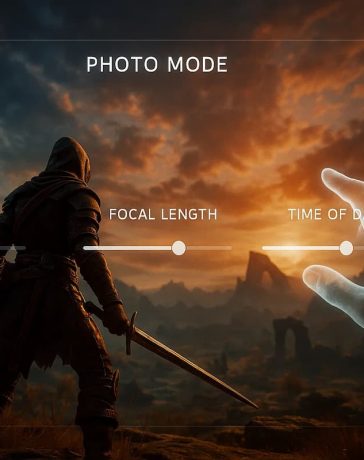A popular internet keyword search these days is, “What is my FICO credit score meaning?” There are no lack of FICO questions and answers on the web. But, let’s see if I can clear up some of the basics.
FICO scores range from 500 to 850, the higher number being best. Obviously, the FICO max score is 850, and few achieve it. Essentially, the FICO range of scores is a breakdown of the credit risk ranking that is assigned to you based on your FICO score. The following shows what kind of credit risk you are in the eyes of a potential lender:
Excellent = 760 to 850
Good = 720 to 759
Average = 660 to 719
Uncertain = 620 to 659
Bad/High Risk = Below 620
The credit data in your credit report, both positive and negative, is used to calculate your FICO score. If you have a high FICO score, you are seen as a reliable borrower and have access to more favorable interest rates. FICO high achievers aim for a score of 800 or higher. The lower your FICO score, the higher the interest rates will be on the credit you obtain.
The data that is considered when calculating your FICO score is generally grouped into five categories, with corresponding weightings, as listed below. The higher the weighting percentage, the more the category influences your overall score.
Payment History = 35%
Amounts Owed = 30%
Length of Credit History = 15%
New Credit = 10%
Types of Credit Used = 10%
The formula above applies to the general population. The relative importance of each category for any given borrow will vary, due to individual circumstances, such as length of credit history for a young person who has not been using credit very long. The credit history for a young borrower may be factored differently than for a more experienced borrower.
You may wonder about your FICO vs. Experion score, or FICO vs. Transunion score, but it is important to understand that, although FICO scores have a different name at each of the three major credit reporting agencies (Equifax, Transunion, Experion), all are developed using the same methods by Fair Isaac Corporation. Each score from each reporting agency may not be the same, but they should all be in the same range, since they are generally working from the same data. Please note that if one agency’s score is much different than the other two, there may be some erroneous data in play, and you should try to remedy that situation directly with the agency in question.
There are websites where you can get a free FICO score, and you can find those doing a Google search, but be aware of the fine print of these deals, as some sites may lead you into signing up to a monthly credit monitoring service fee.



































